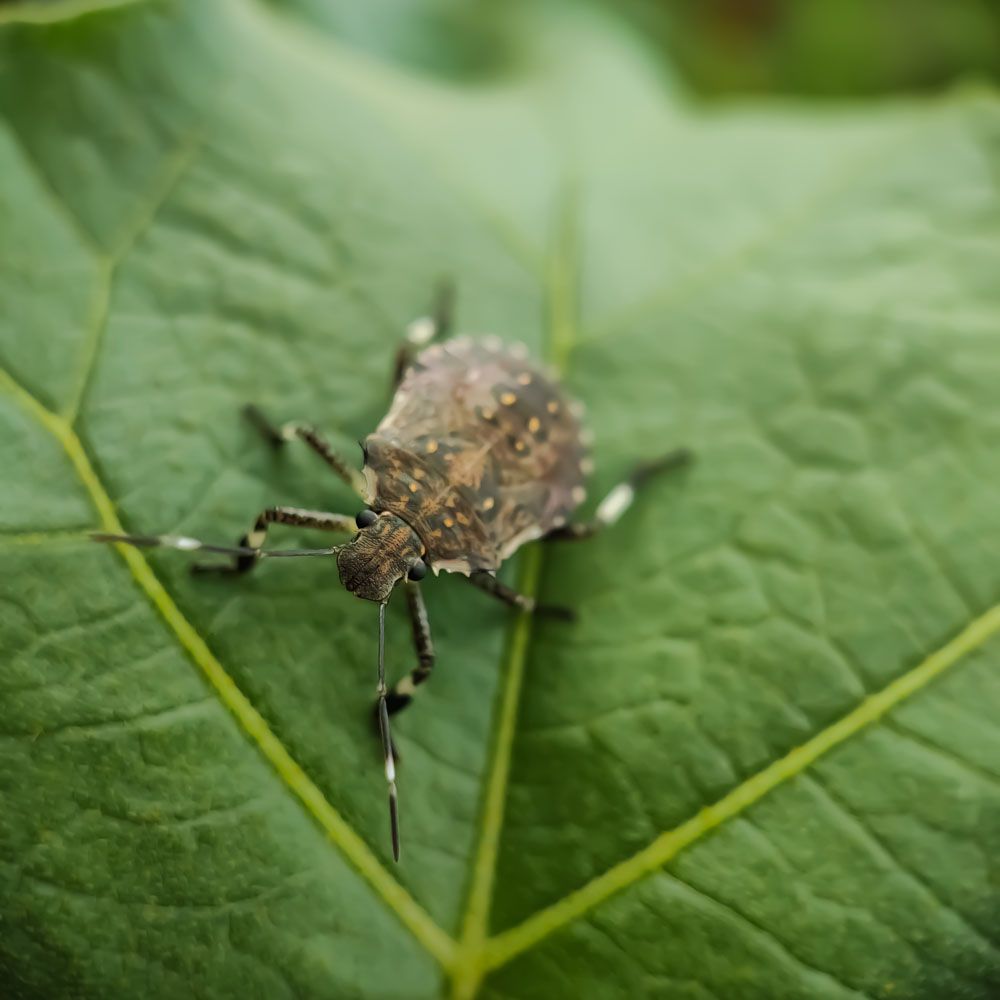
Spined Soldier Bug – Pentatomidae family
Spined Soldier Bug – Pentatomidae family
Latin Name: Pentatomidae family
Common Name: Spined Soldier Bug
Appearance:
- Adults are yellowish to light brownish in hue and coated with little black.
- Adults Podisus, like other predatory stink bugs, has beaks at least twice as thick as their antennae, whereas plant-feeding stink bugs have beaks as thin as their antennae. Along the borders of their abdomens, adults exhibit an alternating pattern of orange and black patterns. Their’ shoulders’ have sharp spines that protrude from their bodies.
- Nymphs There are no wings. Adult-like beaks Bodies are spherical and flattened, with orange, brown, and black patterns.
Host plant:
Over 100 species from various families have been identified as prey. Immature insects are good prey. Mexican bean beetle, European corn borer, diamondback moth, corn earworm, beet armyworm, autumn armyworm, cabbage looper, imported cabbageworm, Colorado potato beetle, velvet bean caterpillar, and flea beetles have all been reported as prey.
Territory:
The spined soldier bug (Podisus maculiventris) is a stink bug common throughout eastern North America.
Damages caused by Spined Soldier Bug:
Over 100 species from various families have been identified as prey. Immature insects are good prey. Mexican bean beetle, European corn borer, diamondback moth, corn earworm, beet armyworm, autumn armyworm, cabbage looper, imported cabbageworm, Colorado potato beetle, velvet bean caterpillar, and flea beetles have all been reported as prey.
Life history and habits:
The eggs are laid in tiny clusters of 20-30 on plant leaves. Immatures can be spotted congregating around the eggs immediately after hatching. Although young nymphs may feed on plant fluids, later stages are predatory. Each female is capable of laying up to 1000 eggs. Adults might expect to live for 5 to 8 weeks.
